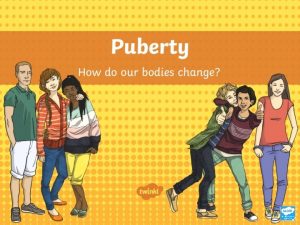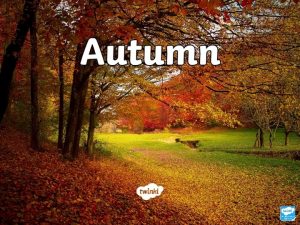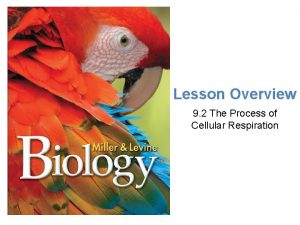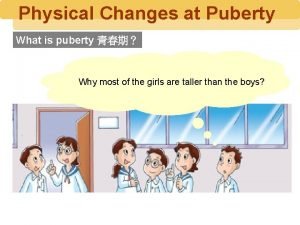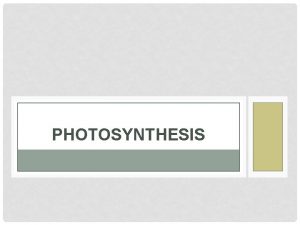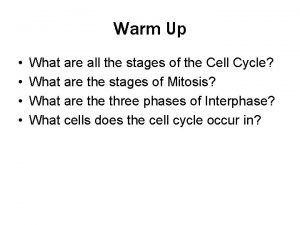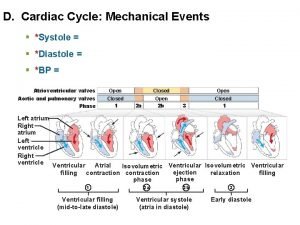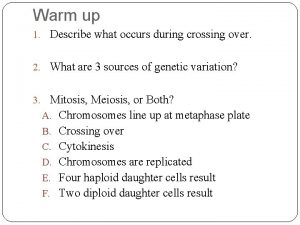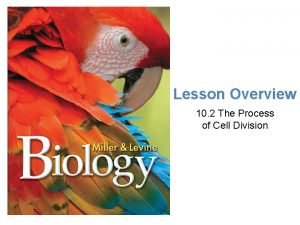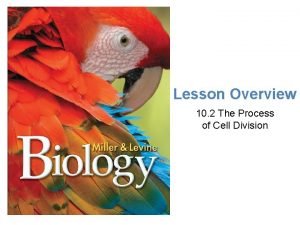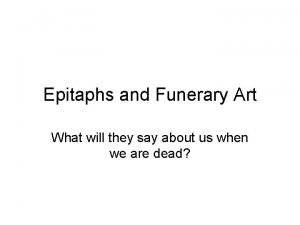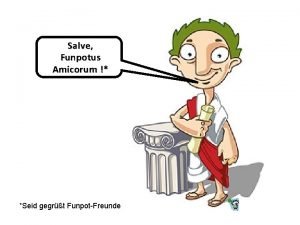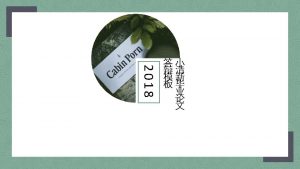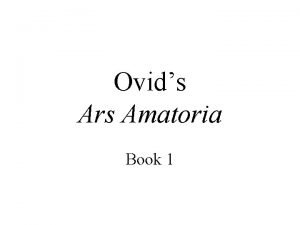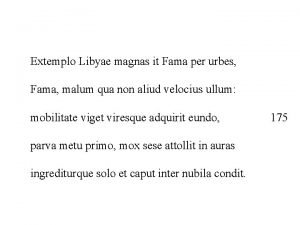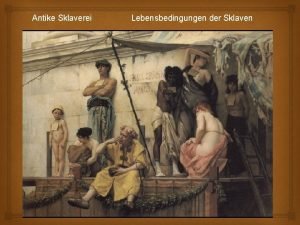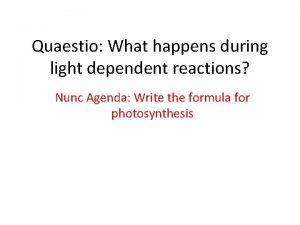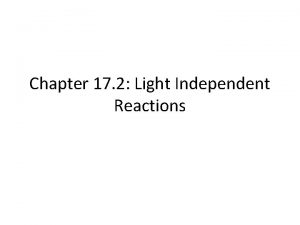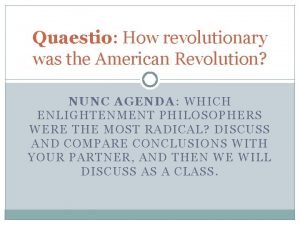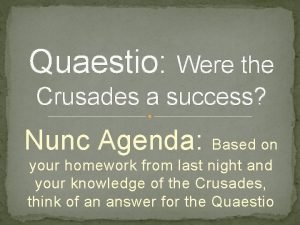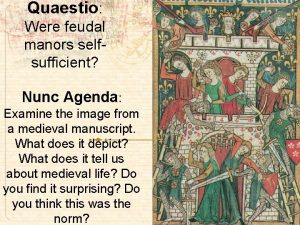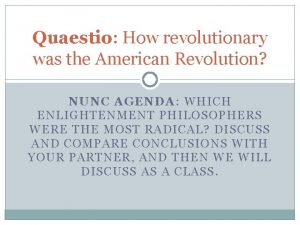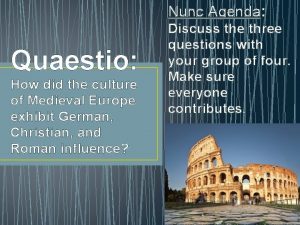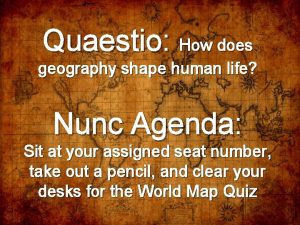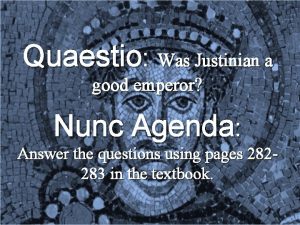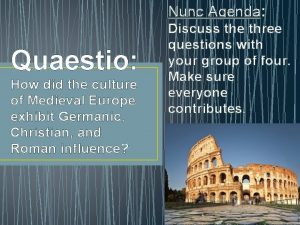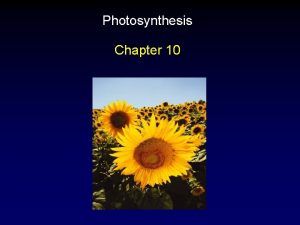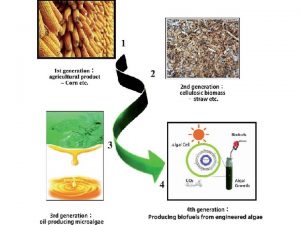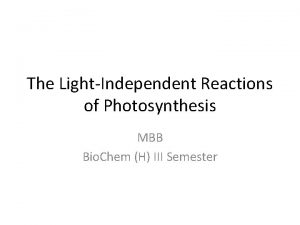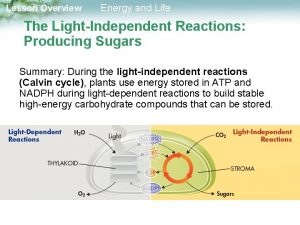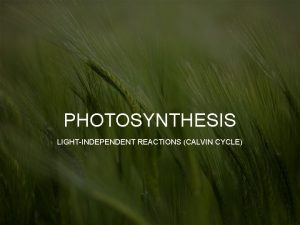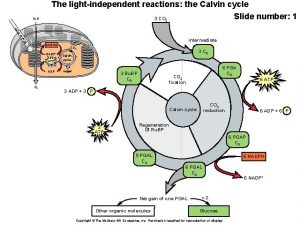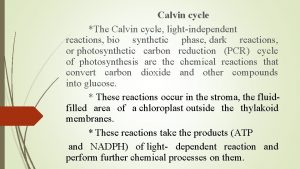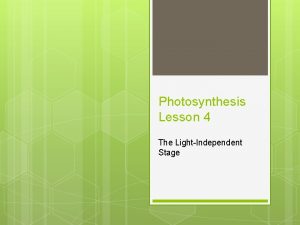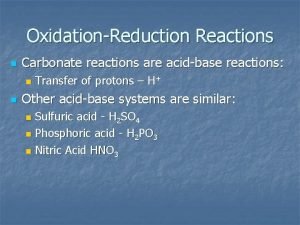Quaestio What happens during the lightindependent reactions Nunc
































- Slides: 32

Quaestio: What happens during the light-independent reactions? Nunc Agenda: 1. Summarize the purpose of the light dependent reactions 2. What molecule is used, and what is released?

Main Idea • The second stage of photosynthesis uses energy from the first stage to make sugars

The Dark Reactions. • Also called light-independent reactions. – They happen both when light is present and when light is absent. • The dark reactions take place in the stroma. • Carbon dioxide diffuses into the stroma through pores in a plant’s leaves (stomates) and is used to make glucose in a process known as carbon fixation. – Uses the ATP and NADPH from light dependant reactions

The Pores in a plant’s leaf are called stomates (not to be confused with stroma)

Stomate Up Close

Carbon Dioxide Becomes Part of the Plant After Entering the Stomates.


Carbon Fixation and the Calvin Cycle. • Calvin Cycle: A series of enzyme-controlled reactions in which carbon fixation occurs. – Named after Melvin Calvin, an American Scientist who won the Nobel prize in 1961 for his discovery of the cycle. – Carbon Fixation: The process in which carbon dioxide is incorporated (fixed) into organic compounds by the processes of photosynthesis and chemosynthesis. • Also called Carboxylation.

Melvin Calvin

Calvin holding a model of sucrose. He had his own stamp!

The Specifics of the Calvin Cycle. • The Calvin cycle starts and ends with Ru. BP, which is a five carbon sugar. • Ru. BP stands for ribulose biphosphate. • Carbon dioxide reacts with Ru. BP, creating two molecules of PGA (phosphoglyceric acid). – This is the carbon fixation step.

Carbon Fixation

The steps of the Calvin cycle 1. 6 CO 2 enter the stroma 2. 6 CO 2 + 6 Ru. BP 12 PGA (3 -C) – Catalyzed by rubisco 3. 12 PGA + ATP + NADPH 12 PGAL 4. 2 PGAL are removed and used to form glucose 5. 10 PGAL remaining are rearranged back into 6 Ru. BP and cycle start over with new CO 2

2. 1. 3. (The Dark Reaction) 5. 4.

Calvin Cycle Summary. • The Calvin cycle is part of the dark reactions. • The Calvin cycle needs chemical energy produced in the light reactions (ATP and NADPH)and carbon dioxide from the atmosphere to work. • Two PGAL molecules form one glucose molecule. – Need 6 CO 2 to make 1 glucose • The Calvin cycle is a cycle because it starts and ends with Ru. BP.


Hard Questions To Answer • Where does the O 2 that plants release come from? (CO 2 or H 2 O)? • Where does CO 2 go? • Why do you think 10 PGAL molecules must be used to make 6 Ru. BP molecules to restore the Calvin Cycle? • How does the Calvin cycle build sugar molecules?



The light reactions drive the dark reactions. Light Reactions Dark Reactions


The Chemistry of the Chloroplast


The Light Reactions are also called the “Light-Dependent Reactions. ” The Dark Reactions are also called the “Light-Independent Reactions. ”

Compelling Thought • Without photosynthetic organisms, the food we eat and the air we breath would not exist. As a result, life on earth as we know it depends on the autotrophs. • “What drives life is thus a little electric current, set up by the sunshine. ” – American biochemist and Nobel laureate Albert Szent. Gyorgyi

Factors affecting Photosynthesis • Can you name them?

Factors affecting Photosynthesis • 1. Light Intensity. • 2. Temperature. • 3. Water Availability. • 4. Mineral Availability.



The Carbon Cycle • The Carbon Cycle: the pathways by which carbon is recirculated through the biosphere. • *Not to be confused with the Calvin Cycle, which is part of a broader carbon cycle.


Critical Thinking • Can you think of important ways human beings have altered or disrupted the carbon cycle? Think carefully and write them down.
 Section 2 classifying chemical reactions
Section 2 classifying chemical reactions Unit 5 chemical reactions answers
Unit 5 chemical reactions answers Oxidation half reaction
Oxidation half reaction Section 2 classifying chemical reactions worksheet answers
Section 2 classifying chemical reactions worksheet answers Chemical reactions section 3 reactions in aqueous solutions
Chemical reactions section 3 reactions in aqueous solutions What happens during the reign of terror
What happens during the reign of terror What happens during stage 2 of cold water immersion
What happens during stage 2 of cold water immersion What happens to girls during puberty
What happens to girls during puberty What happens in autum
What happens in autum Electron carriers in cellular respiration
Electron carriers in cellular respiration First sign of puberty in males
First sign of puberty in males What happens during photosynthesis
What happens during photosynthesis Eleven by sandra cisneros book cover
Eleven by sandra cisneros book cover What happens in metaphase
What happens in metaphase What happens during the hanukkah festival
What happens during the hanukkah festival What happens during photosynthesis
What happens during photosynthesis Diastole
Diastole What is reproduction and its types
What is reproduction and its types Telophase
Telophase Cell division
Cell division Viator viator quod tu es ego fui quod nunc sum et tu eris
Viator viator quod tu es ego fui quod nunc sum et tu eris Nunc habemus endiviam
Nunc habemus endiviam Nunc viverra imperdiet enim
Nunc viverra imperdiet enim Puer icarus ioco
Puer icarus ioco Obligacija definicija
Obligacija definicija Continuo invadit tu nunc
Continuo invadit tu nunc Servi sunt
Servi sunt Sơ đồ cơ thể người
Sơ đồ cơ thể người Tư thế ngồi viết
Tư thế ngồi viết Thơ thất ngôn tứ tuyệt đường luật
Thơ thất ngôn tứ tuyệt đường luật đặc điểm cơ thể của người tối cổ
đặc điểm cơ thể của người tối cổ Các châu lục và đại dương trên thế giới
Các châu lục và đại dương trên thế giới ưu thế lai là gì
ưu thế lai là gì







